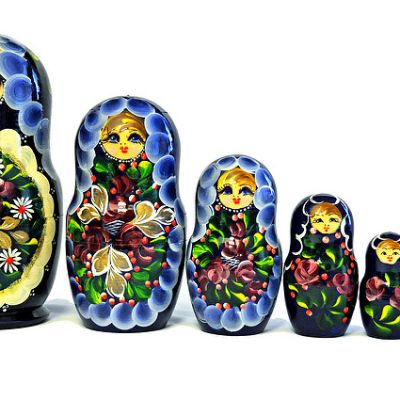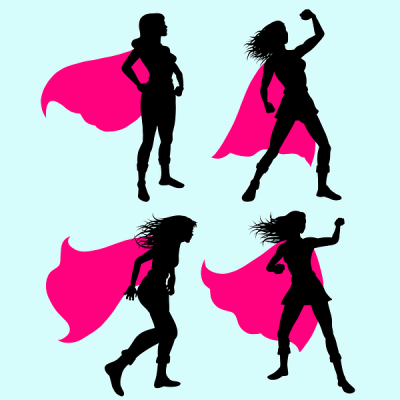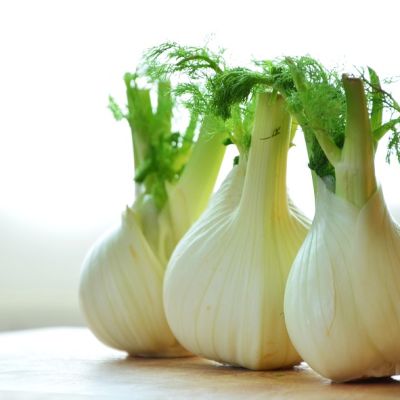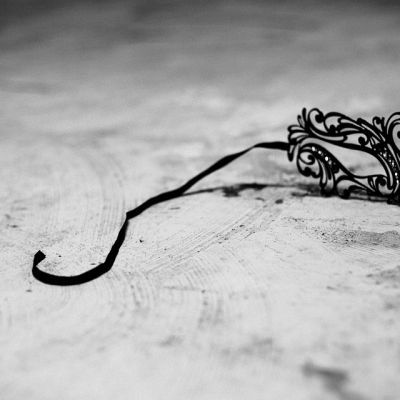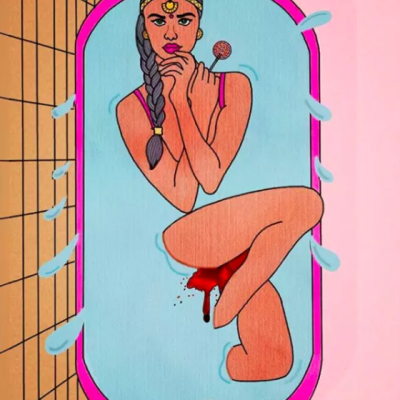Performance
We are many selves. Or rather, like a series of Russian Matryoshka dolls nested one within the other, we perform…
Time and time again, Galbaldon asks us, through the character of Claire, to remember that we are travelers, we move and are moved by the interactions and environments around us.
“Historically, feminism and fashion have been pitted against one another,” writes Manjima Bhattacharjya in her book, Mannequin. It’s a dilemma the fashion industry has struggled with for decades – being perceived as flippant, or existing in a vacuum”
The nature of the labor that goes into performing femininity is that it’s invisible. Or at least it’s supposed to be. As a culture, we expect women to look glossy and shimmery and smooth. We don’t want to know about the time and money that goes into this presentation.
To think of sexuality as performative disrupts the need for stable categories and identities, instead suggesting that we all reinforce and disrupt normative formations as we attempt to inhabit the world in messy ways.
In a world of prescriptions of performance and perfection, there isn’t truly that much space built in to risk non-performance, not being perfect, or to risk not fitting the prescription.
“I’m afraid because I bring to bed more than just one soul of a scared conflicted boy. I’m bringing to bed a whole army that not only runs the streets within me but also spills out over my body and the body of the boy next to me.”
The dance therapy project therefore squarely locates itself as a supplement to economic skill building and psychological counselling, in developing a holistic sense of self among the women beneficiaries of the project.
Just like sex can be happy, sad, awkward, angry and so many other emotions, rather than the mere act of pounding, so is BDSM.
During my interaction with students as a part of sexuality education classes in schools, one frequently asked question by boys is,“How to charm a girl?”
In Nanette, Hannah Gadsby’s hour-long Netflix special that transcends the very notions of stand-up comedy, forces of reclamation, protest, and rage culminate to form a darkly hilarious but heartbreaking diatribe against patriarchy, heteronormativity, violence and marginalisation.
But what about the “moments we don’t Instagram”? What about the uglier parts of our physical lived realities? What about the parts of our body, our identities, our sexuality we don’t perform on social media, but are still an intrinsic part of who we are?

